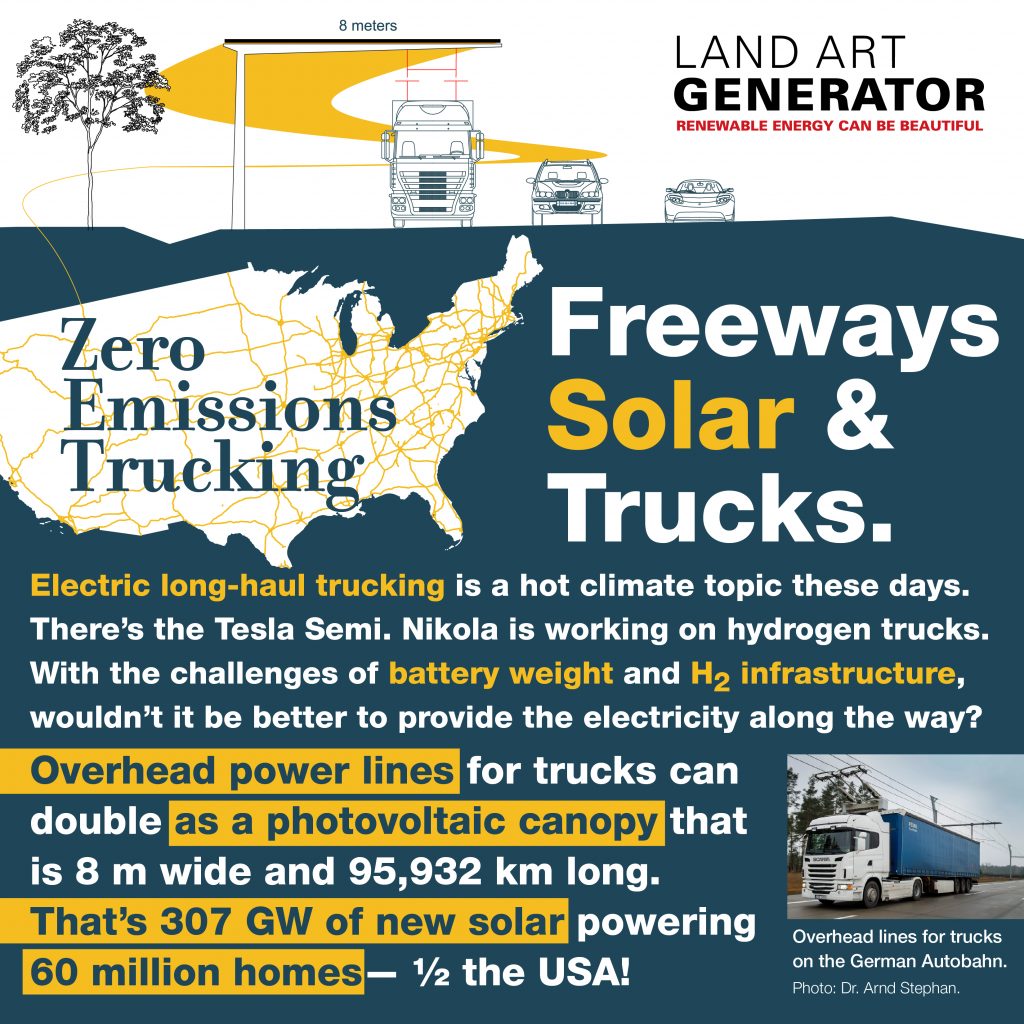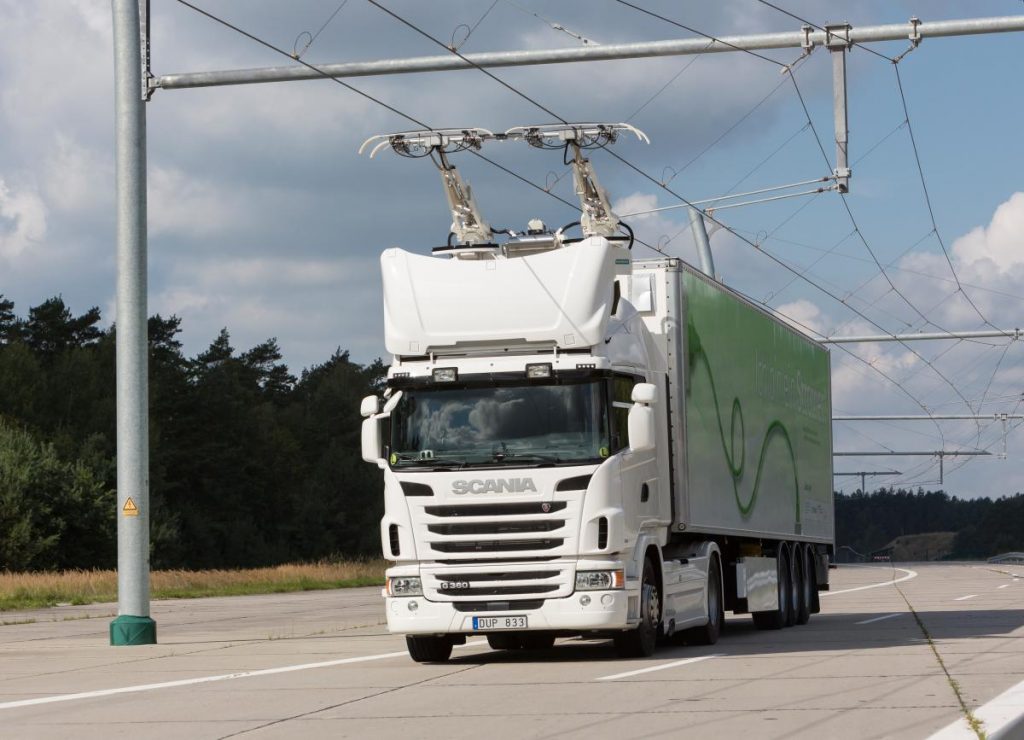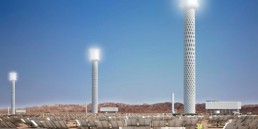
There is a lot of buzz lately around zero-emissions technology to replace internal combustion engines in long-haul trucking. The two most often mentioned are Tesla’s Semi, which relies on lithium ion battery packs, and Nikola’s hydrogen fuel cell engines.
There are some major drawbacks to battery and hydrogen technologies for trucking. In the case of Tesla’s EV Semi, the weight of the battery and the range limitations are still the subject of some mystery and speculation. What is certain is that the maximum payload of the truck will need to accommodate the weight of the enormous battery pack, which could weigh as much as 26,000 lbs (the overall max truck weight is 80,000 lbs). Recharging the batteries every 300 miles (a time consuming process) will limit the speed and efficiency of transport. Nikola’s hydrogen-powered truck relies on an entirely new infrastructure across America that presently does not exist for the safe storage and distribution of hydrogen, a highly volatile gas that we must produce through electrolysis or derive from fossil gas.
What if instead of trying to place the power inside the truck or invent a whole new hydrogen fuel infrastructure, we instead just use overhead power lines? This is not some crazy hypothetical. It’s presently being tested in Germany and will be soon in the UK.

Overhead lines are a technology that has been in use for nearly 150 years. In cities around the world, overhead lines are used for trams, buses, and they can be found in complex urban environments or spanning the countryside. By lining freeways with overhead power in the right-most travel lane, we can remove the battery weight from the trucks (allowing them to haul more goods per shipment), and eliminate entirely the need to stop for recharging or refueling. Trucks can have much smaller onboard battery to get them from the freeway to the warehouse and to use while passing slower moving trucks while on the freeway. In a future world where trucks become self-driving, the ability to move goods without stopping from coast to coast (no bio-breaks!) could transform interstate transport.
This idea has been floating around for a while and tests have been underway in Germany since at least 2017.
The reason that we don’t hear much about overhead lines for trucking could be that it is a public-sector solution. It would require a massive federal government investment across the entire Eisenhower interstate system of freeways. This kind of investment in the commons does not champion the kind of private-sector innovation from Elon Musk that the media loves to write about. But a public-sector solution is exactly what we need right now. We can’t afford the time it will take for winners and losers to rise and fall in a free market environment where there are proprietary plugs and different types of patented charging infrastructures. Now more than ever we need a central and universal solution. If we can eventually agree that overhead lines are the right way to go, we can then start thinking about the details of what 60,000 miles of new overhead power infrastructure will look like.
While we’re building the lines, we might as well build a solar canopy over them!
When we think about the land-use implications of a 100% renewable energy economy, sometimes the spatial limitations seem daunting. But if we think about highway rights-of-way, we have sitting idle today about 600 square miles of potential solar PV area! That’s enough to install over 300 gigawatts of new solar capacity. In the entire United States today, we only have about 50 GW including all utility scale and rooftop installations. Imagine adding six times the installed solar capacity of the nation while eliminating all emissions from trucks.
That’s the fast-lane to a post-carbon economy!

